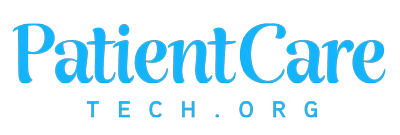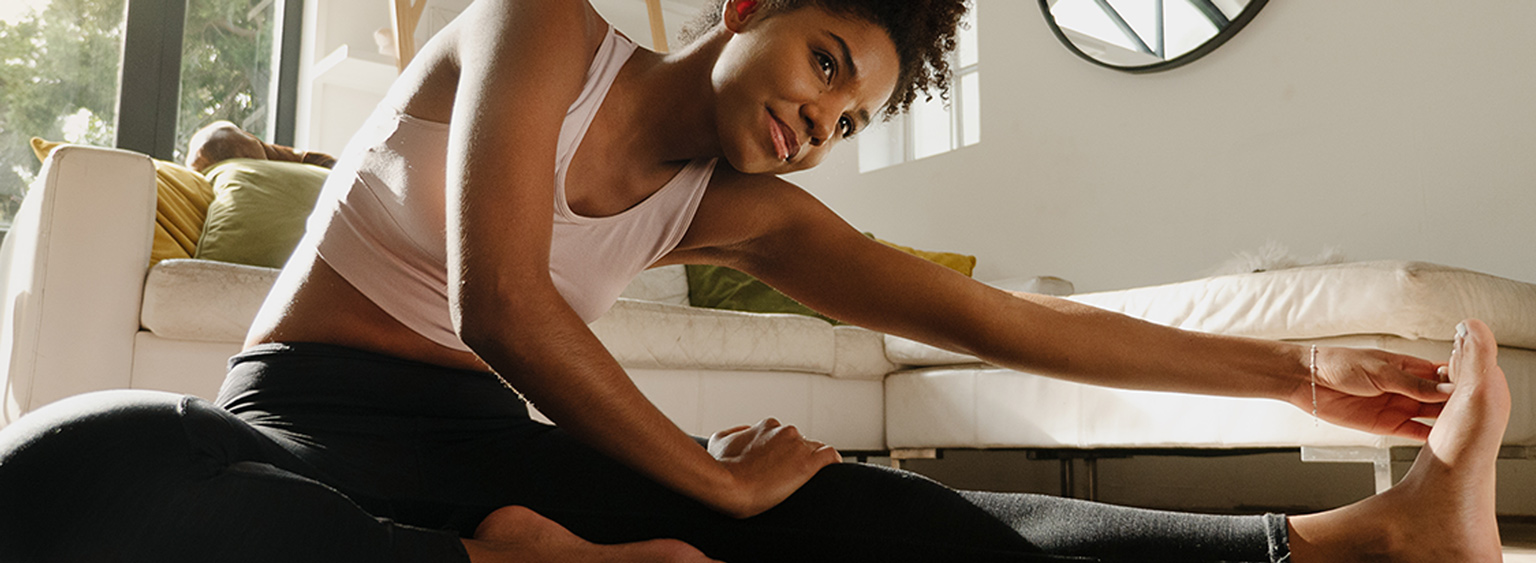10 Stretches Every PCT Should Do After a Long Shift
Let’s face it: being a Patient Care Technician (PCT) is physically demanding. You’re constantly on your feet, lifting patients, pushing equipment, and performing tasks that require repetitive motion. After a long shift, your body needs some TLC—and stretching is one of the best ways to relieve tension, prevent injury, and improve flexibility.
Here are 10 simple, effective stretches every PCT should do after work to recharge and reset.
Neck Rolls
Why: Relieves tension from looking down at charts, screens, or assisting patients.
How to do it:
Sit or stand tall. Slowly roll your head in a circle—chin to chest, ear to shoulder, back, and around. Switch directions after 5–10 seconds.
Shoulder Shrugs and Rolls
Why: Loosens tight shoulders from lifting and pushing.
How to do it:
Shrug your shoulders up toward your ears, hold for a second, then release. Do 10 reps. Then roll your shoulders forward and backward in a circular motion 5 times each way.
Wrist and Forearm Stretch
Why: Great for hands strained from writing, charting, and assisting with patient hygiene.
How to do it:
Extend one arm forward, palm up. With your opposite hand, gently pull the fingers down and back to stretch your wrist and forearm. Hold for 15–20 seconds and switch sides.
Standing Forward Fold
Why: Stretches the hamstrings and lower back—both of which take a beating during long shifts.
How to do it:
Stand with feet hip-width apart. Slowly fold forward at the hips, reaching for your toes. Let your arms and head hang. Bend knees slightly if needed. Hold for 30 seconds and breathe deeply.
Cat-Cow Stretch
Why: Loosens the spine and eases lower back tension.
How to do it:
Get on hands and knees. Arch your back like a cat, tucking your chin to your chest (Cat). Then dip your belly down, lift your head and tailbone (Cow). Move slowly between the two for 5–10 reps.
Seated Spinal Twist
Why: Increases spinal mobility and releases back tension.
How to do it:
Sit on the floor with legs extended. Cross your right foot over your left thigh and place it on the floor. Twist your torso to the right, placing your right hand behind you and your left elbow on the outside of your right knee. Hold 20–30 seconds, then switch sides.
Hip Flexor Stretch
Why: Helps open up hips that tighten from standing or squatting for long periods.
How to do it:
Kneel on one knee with the other foot in front (like a lunge). Gently press your hips forward until you feel a stretch in your back leg’s hip flexor. Hold for 30 seconds, then switch.
Calf Stretch
Why: Reduces tightness and prevents cramping from hours on your feet.
How to do it:
Stand facing a wall. Place your hands on the wall, step one foot back, and press your heel into the ground. Keep your back leg straight. Hold 20–30 seconds and switch legs.
Reclining Figure-Four Stretch
Why: Targets the hips, glutes, and lower back.
How to do it:
Lie on your back. Cross your right ankle over your left thigh. Thread your right hand through the gap and clasp your hands behind your left thigh. Gently pull your leg toward your chest. Hold 30 seconds, then switch.
Child’s Pose
Why: A relaxing stretch that soothes the back, shoulders, and mind.
How to do it:
Kneel on the floor, sit back on your heels, and stretch your arms forward on the ground. Let your forehead rest on the floor and breathe deeply for 30–60 seconds.
Taking just 10–15 minutes after each shift to do these stretches can make a huge difference in how your body feels the next day. Your patients depend on you—but don’t forget to take care of yourself, too.
Your body is your most important tool. Treat it well, and it will take care of you in return.



